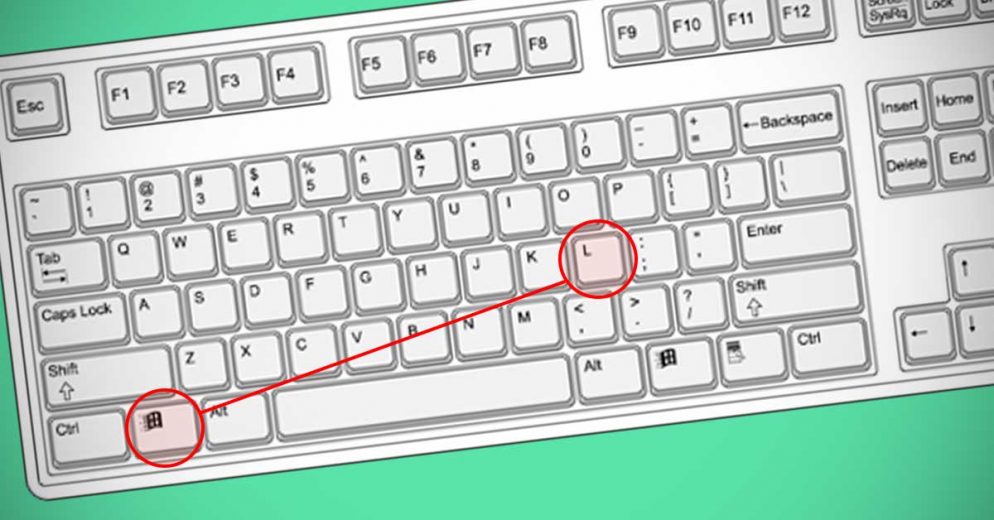

Reader has also replaced one of my old shortcuts, Alt-V, Y, N. This is still a quick way to make too-small text legible, though nowadays, it’s better to hit the Reader icon in most web browsers. Historically, the most valuable shortcuts for websites have been Ctrl+ to make things larger, Ctrl- (minus) to make then smaller, and Ctrl-0 (zero) to return things to normal size. WinKey+1 will open the first icon, usually the Windows Store, WinKey+2 will open the second, and so on. You can also use the Windows Key to open programs that you have pinned to the Task Bar, in left-to-right order. My new favourite for pointless obscurity is WinKey+, (comma), which lets you peek at the desktop. This is more memorable than my old favourite shortcuts, Alt-Spacebar X and Alt-Spacebar N. If you want it in a quarter of a screen, WinKey-Left arrow then up arrow will snap a program to the top left.Īlso, WinKey+Up arrow maximises a window while the down arrow minimises it. If you like to snap programs to view them side-by-side, hold down the Windows key and press the left or right arrow key. And just as Alt+F4 closes the current window, WinKey-Ctrl+F4 will close the virtual desktop. If you use virtual desktops, you can open a new one with WinKey-Ctrl+D, and move between virtual desktops with WinKey-Ctrl and the left or right arrow keys. Of course, there’s an icon for Task View on the left end of the Task Bar, but you probably didn’t know what it was for. Want to continue something you were doing earlier? Scroll down and click on its thumbnail. This lets you scroll down through several days (or more) of application thumbnails. The next step up is WinKey-Tab, which loads the Task View timeline. Most will know about using Alt-Tab to cycle through running applications. (The alternative is to right-click on the Windows logo in the bottom left.) One of the most useful is WinKey-X, which provides instant access to some of the geekier utilities such as power options, disk management, Task Manager and shut down. Microsoft added a Windows logo key to the keyboard layout, and this is used in a lot of keyboard shortcuts in Windows 10. The Windows Key is your friend for window management. In Microsoft Office and many other programs, Ctrl-I makes things italic, Ctrl-B makes them bold, and Ctrl-U underlines them. The options can include unformatted text, or text in RTF, HTML or Unicode formats. This pops up a box that lets you choose how you want to paste in the contents of the clipboard. One of the most useful variants in Microsoft Office is Ctrl-Alt-V, which is a “smart paste” command. (Think of the V as an upside-down insert mark.)Ĭtrl-A (for All) selects everything while Ctrl-X cuts or deletes whatever you selected. You can copy anything from a punctuation mark to a whole drive with Ctrl-C for copy, and then Ctrl-V for paste. The best known keyboard shortcuts select, copy, cut and paste data.

In other words, Cmd-Z is undo while Shift-Cmd-Z is used to undo an undo. Apple, more logically, uses the Shift key. In Microsoft Office, it will redo the previous command, if it wasn’t undo. Less useful is Ctrl-Y, which is generally known as redo. (Of course, it won’t work if you used Shift-Delete to delete files, but Windows already warned you about that.) If you accidentally deleted a bunch of files, Ctrl-Z will restore them from the bin. If you accidentally deleted a paragraph in a document, Ctrl-Z will undo that command and restore it. It doesn’t always work, but it works often enough to be worth a try. Ctrl-ZĮverybody makes mistakes, so everybody should know the Ctrl-Z or “undo” command.

Cool windows keyboard shortcuts mac#
The Mac does have a Control key but it was used to provide a right mouse-click in the days of one-button Apple mice.įor the record, the Windows shortcut for a right mouse-click is Shift-F10, but you’ll probably never use it. On Macs, the Command (Cmd) key generally does the same job as the Control key in Windows, so the equivalent shortcut is Cmd-S. Hitting Ctrl-S takes a fraction of a second. It takes time to move a mouse pointer to the File menu, click it, then select Save. The idea of losing an hour or even a day’s work is ridiculous. Do that and you should never lose more than a paragraph or two even if there’s a power glitch. It should be a reflex action to hit Ctrl-S whenever you pause when creating a document. The most useful example is Ctrl-S, which is the Save command. Many are now part of my “motor memory” so I don’t even have to think about them. I started computing before mice were widely available, making keyboard shortcuts essential.


 0 kommentar(er)
0 kommentar(er)
